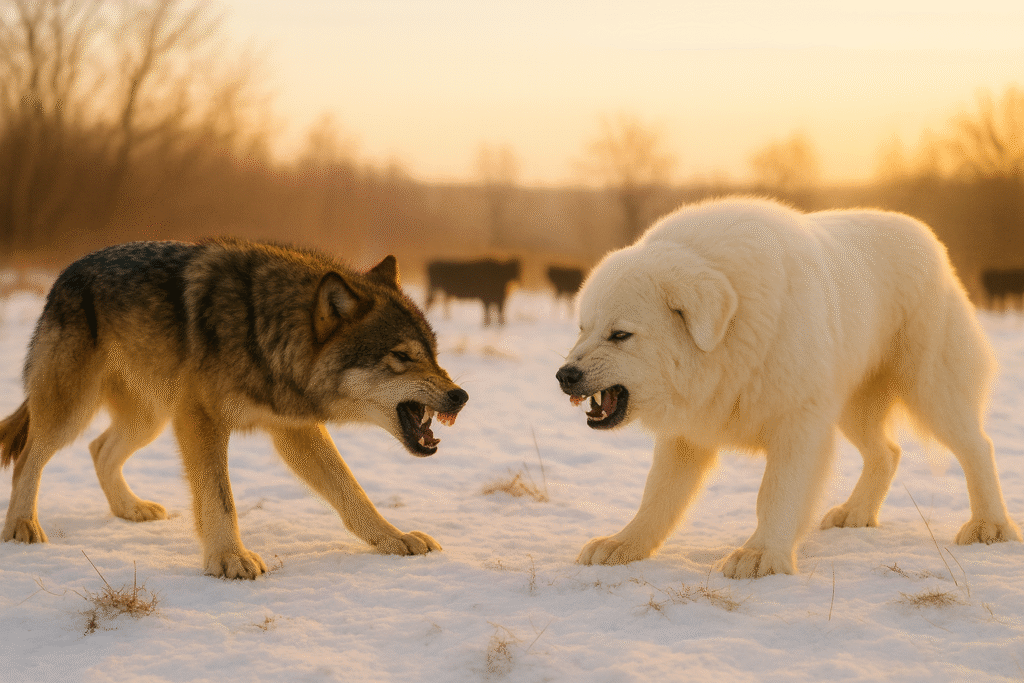Ancient guardians shaped by harsh survival demands.

Throughout history, some dogs were bred not for companionship or sport but for the punishing work of guarding livestock against wolves and other predators. Harsh terrain, long nights and constant danger shaped animals known for stamina, judgment and steady courage rather than showy aggression. Even as modern conservation focuses on coexistence, these guardian breeds still carry the imprint of their past roles, revealing how people and animals adapted together in unforgiving landscapes. Their legacy reminds us that protecting herds once demanded resilience, restraint and an instinctive understanding of the wild.




